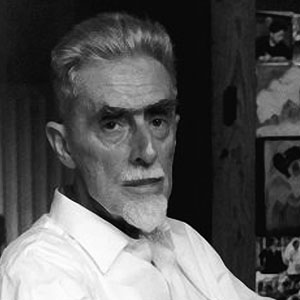Who was M.C. Escher?

To the art world, the works of Dutch graphic artist M.C. Escher – mathematically-inspired woodcuts, lithographs and mezzotints – seemed like bizarre optical illusions. However, to mathematicians and scientists he was a genius, and to the hippies of the 1960s he was a pioneer of psychedelic art!
Maurits Cornelis Escher was born in 1898 in Leeuwarden, Holland. He was the youngest of five sons. He was more interested in carpentry and music and failed all his final exams except for mathematics.
Escher enrolled at architecture school in Haarlem but left to try his hand at graphic art. He was a great success. By the end of the 1920s, he was exhibiting his work regularly in Holland. In 1934, he won his first American exhibition prize.
In 1936, Escher visited the Alhambra Palace in Granada, Spain. Its geometric tiling provided a further creative impetus to his work from then on.
Two of his best works are Ascending and Descending (1960), with its ranks of human figures trudging forever upwards and eternally downwards on an impossible four-sided staircase and Drawing Hands (1948), the image of two hands each drawing the other with a pencil.
The artist created some of the most memorable images of the 20th Century, but it was not until two years before his death in 1972, that the first full retrospective of his works was held in his native Holland.
Picture Credit : Google